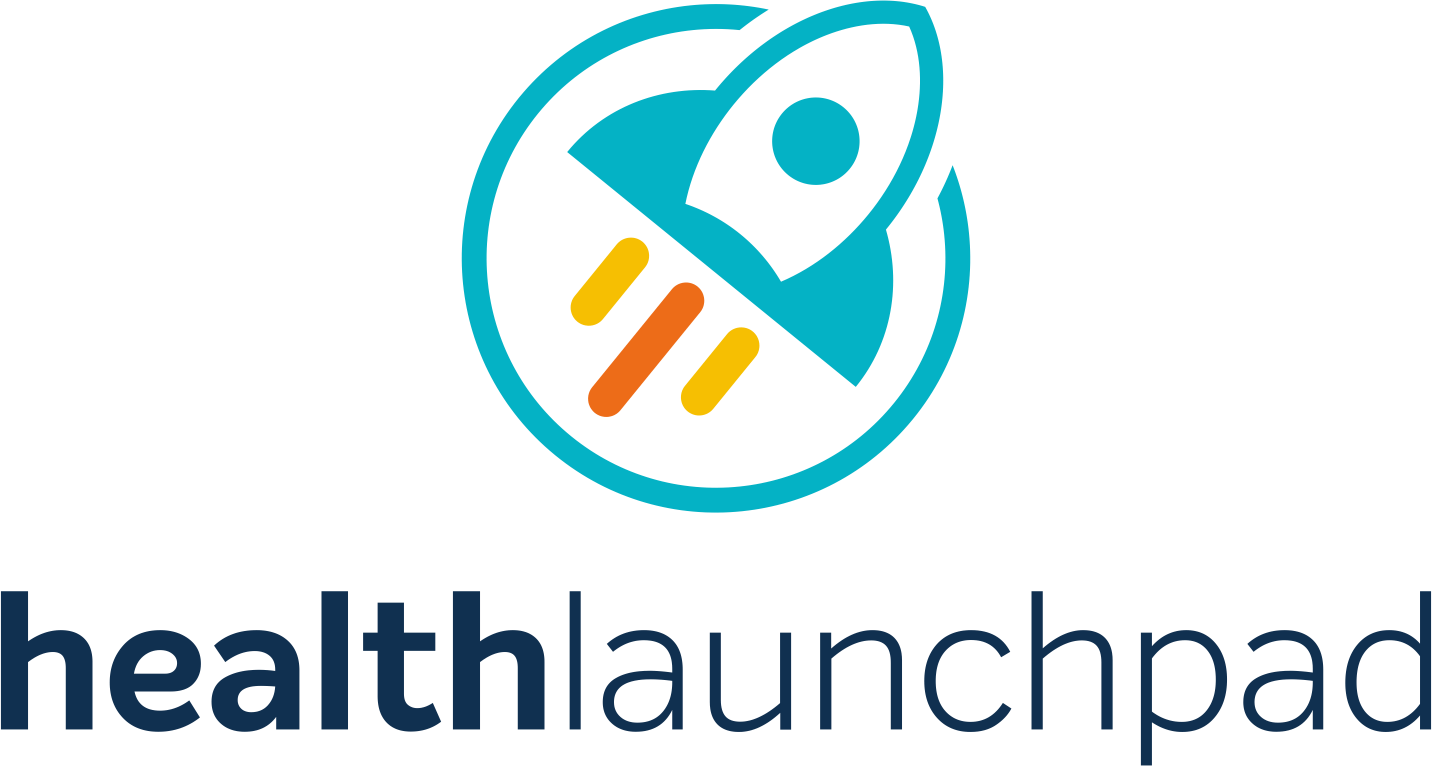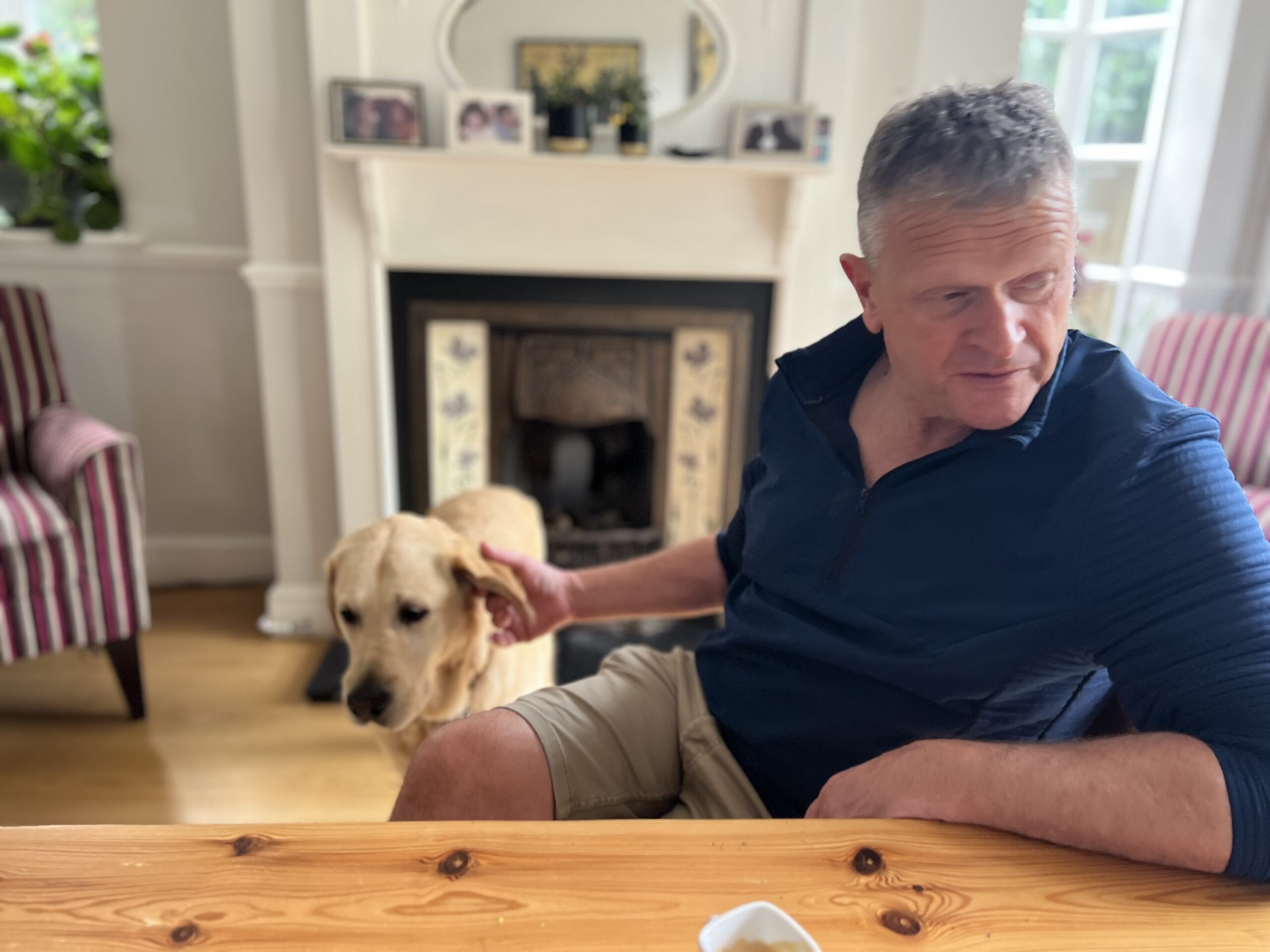Meet Chris Lewis, Global Accessibility Advocate
Chris Lewis is an independent telecoms industry analyst, accessibility advocate, and leading voice for inclusive design. Despite gradually losing his sight from a young age until being legally blind at 21, Chris built a successful 40-year career analyzing the technology and telecommunications markets. Alongside analyst work, he advocates for empowering people with disabilities through accessible and inclusive design of products, services, and systems.
With professional expertise and lived experience as a blind person, Chris makes a compelling business case for inclusive design. He highlights the large global community of excluded groups, including around 1 billion people with disabilities, representing overlooked opportunities. Their current spending power is over $4 trillion annually to Chris’s estimates. Many technology companies miss out by not proactively incorporating accessibility.
Listen to an audio summary
The Importance of Inclusive Design
A core theme is the importance of inclusive design – building in accessibility from the start rather than an afterthought. While assistive technologies like screen readers empower individuals, most mainstream technologies still pose barriers for people with disabilities. For example, 98% of websites remain inaccessible to blind users. Apps also lack basic accessibility unless focused on inclusion from the outset.
Inclusive design allows services and interfaces to work for the widest range of users. When executed well, the technology works seamlessly for both disabled and non-disabled people. The moral imperative is to give equal access to essential technologies. Inclusive design also makes business sense, allowing companies to tap into underserved markets.
Lingering Accessibility Challenges Show More Progress Needed
Despite progress, significant accessibility challenges persist across industries. There is no one-size-fits-all solution. Nuances must be understood, like diversity in the nature and severity of disabilities. The excluded community itself needs a real role in designing truly inclusive technology.
Accessibility focused on people with permanent disabilities also benefits everyone else. Curb cuts, video captions, simplified navigation – these conveniences help people without disabilities, too. By not aggressively pursuing accessibility, companies leave value on the table and limit their consumer base.
The Complex, Nuanced Reality of Excluded Groups
Companies must deeply understand excluded groups’ diversity and complexity to embrace inclusion. There is tremendous variation even within categories like hearing, vision, cognitive, and physical conditions. Accommodations for mild vs severe hearing loss differ significantly, for example.
Disability is a normal, universal human experience. “We’re all just temporarily able-bodied.” Designing for accessibility now is critical to meet the needs of aging populations later. Only a universal design can accommodate diverse physical and cognitive needs over time.
Technology’s Dual Role: Empowering Excluded Groups and Serving All
Chris envisions technology both directly empowering excluded people and making mainstream tech more intuitive through inclusive design principles. However the community needs greater input and agency throughout the process. With concerted effort, coming decades can be far more inclusive than the past.
Building accessibility into business DNA will benefit everyone through hyper-personalized services and enriched collaboration. When one interaction method isn’t possible, technology can replace it with another. The power to translate between communication forms allows for everyone to be included regardless of impairments or language.

